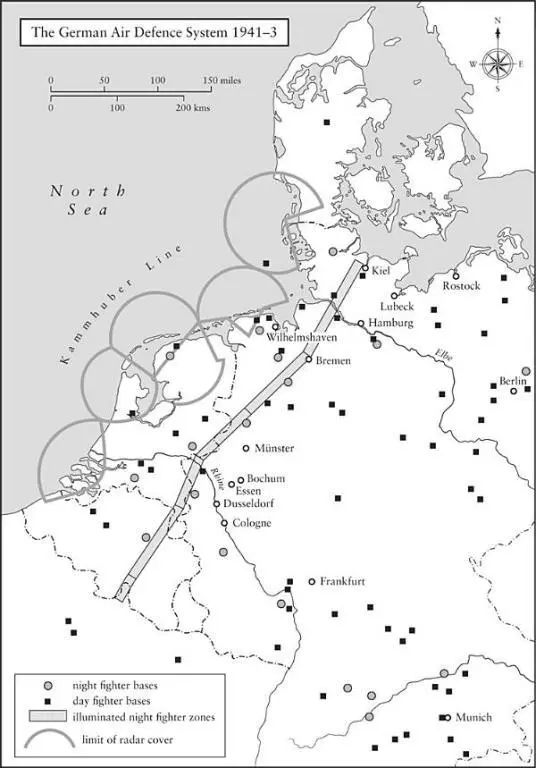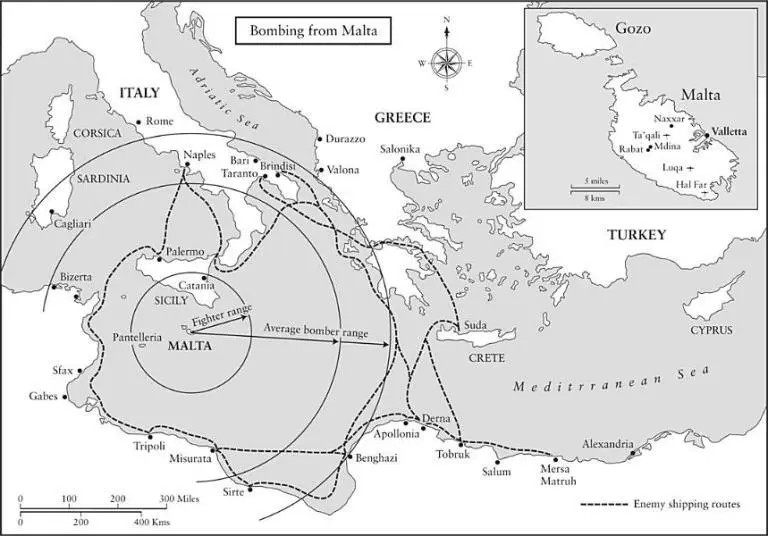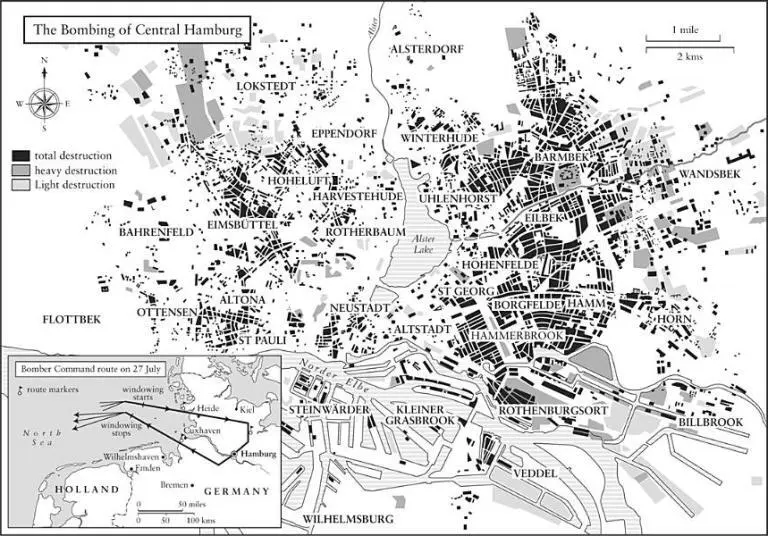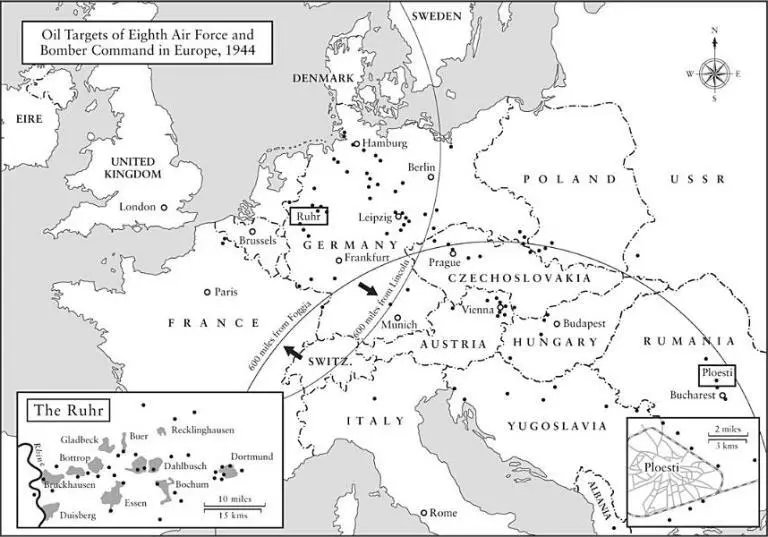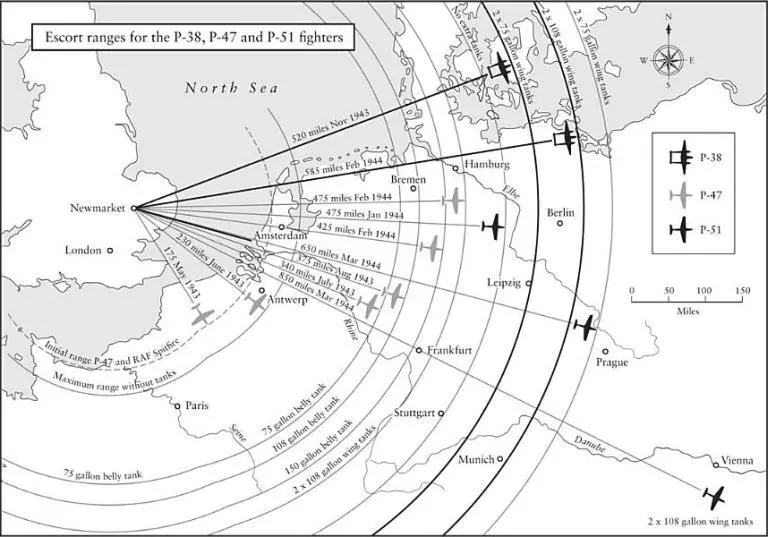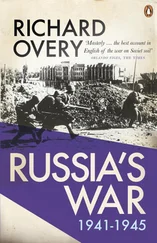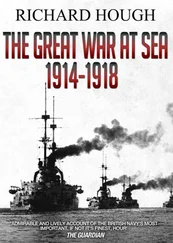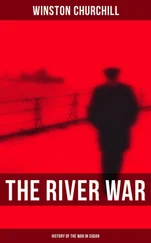Richard Overy
THE BOMBING WAR
Europe 1939–1945
Oh bountiful Gods of the air! Oh Science and Progress!
You great big wonderful world! Oh what have you done?
John Betjeman, ‘1940’
Abbreviations in the Text
ADD: aviatsiya dalnego deystviya (Long-Range Aviation, USSR)
AI: Airborne Interception (British night-fighter radar)
AON: aviatsya osobovo naznachenya (Strategic Air Reserve, USSR)
ARP: Air Raid Precautions
AWPD: Air War Plans Division
BBC: British Broadcasting Corporation
BBSU: British Bombing Survey Unit
BMW: Bayerische Motorenwerke
CBO: Combined Bomber Offensive
CCS: Combined Chiefs of Staff
COSI: Comité Ouvrier de Secours Immédiat (Committee for Workers’ Emergency Assistance)
DBA: dalnebombardirovochnaya aviatsiya (Soviet Long-Range Aviation)
DiCaT: Difesa Contraerea Territoriale
Do: Dornier
Fw: Focke-Wulf
GAF: German Air Force
GHQ: General Headquarters (USA)
GL-1: Gun-Laying radar
He: Heinkel
JIC: Joint Intelligence Committee (UK)
JPS: Joint Planning Staff
Ju: Junkers
LaGG: Lavochkin-Gorbunov-Gudkov
LMF: lack of moral fibre
MAAF: Mediterranean Allied Air Forces
MAP: Ministry of Aircraft Production
Me: Messerschmitt
MEW: Ministry of Economic Warfare
MiG: Mikoyan & Gurevich
MO: Mass Observation
MP: Member of Parliament (UK)
MPVO: mestnaia protivovozdushnaia oborona (Main Directorate of Local Air Defence, USSR)
NCO: Non-commissioned officer
NFPA: National Fire Protection Association
NFS: National Fire Service
NKVD: narodnyy komissariat vnutrennikh del (People’s Commissariat of Internal Affairs, USSR)
NSV: Nationalsozialistische Volkswohlfahrt (National Socialist People’s Welfare)
ORS: Operational Research Section
OSS: Office of Strategic Services (USA)
OTU: Operational Training Unit
PVO: protivovozdushnaia oborana strany (National Air Defence, USSR)
PWB: Psychological Warfare Branch (USA)
PWE: Political Warfare Executive
RAF: Royal Air Force
R&E: Research and Experiments Department (UK)
RFC: Royal Flying Corps
RLB: Reichsluftschutzbund (Reich Air Protection League)
RM: Reichsmark
SA: Sturmabteilung (literally ‘storm section’)
SAP: Securité Aérienne Publique (Public Air Protection)
SD: Sicherheitsdienst (Security Service – German secret home intelligence)
SHAEF: Supreme Headquarters Allied Expeditionary Force
SIPEG: Service Interministériel de Protection contre les Événements de Guerre (Interministerial Protection Service against the Events of War)
SNCF: Societé nationale des Chemins de Fer Français (French National Society for Railways)
SS: Schutzstaffel (literally ‘protection squad’)
T4: Tiergarten-4 (cover name for German euthanasia programme)
TFF: Target-Finding Force (UK)
UNPA: Unione Nazionale Protezione Antiaerea (National Union for Anti-Air Protection)
USAAF: United States Army Air Forces USSBS United States Strategic Bombing Survey
USSTAF: United States Strategic and Tactical Air Forces
VNOS: vozdusnogo nablyudeniya, opovescheniya i svyazi (Air Observation Warnings and Communication, USSR)
VVS: voyenno-vozdushnyye sily (Military Air Forces, USSR)
WAAF: Women’s Auxiliary Air Force
WVS: Women’s Voluntary Services for Air Raid Precautions (UK)
Yak: Yakovlev
Between 1939 and 1945 hundreds of European cities and hundreds more small townships and villages were subjected to aerial bombing. During the course of the conflict a staggering estimate of around 600,000 European civilians were killed by bomb attack and well over a million more were seriously injured, in some cases physically or mentally disabled for life. The landscape of much of Europe was temporarily transformed into a vision of ruin as complete as the dismal relics of the once triumphant Roman Empire. To anyone immediately after the end of the war wandering through the devastated urban wastelands the most obvious question was to ask how could this ever have been agreed to; then, a second thought, how would Europe ever recover?
These are not the questions usually asked about the bombing war. That bombing would be an integral part of future war had been taken for granted by most Europeans in the late 1930s; it would have seemed almost inconceivable that states should willingly forgo the most obvious instrument of total war. Technology shapes the nature of all wars but the Second World War more than most. Once the bombing weapon had been unleashed its potential was unpredictable. The ruins of Europe in 1945 were mute testament to the remorseless power of bombing and the inevitability of escalation. Yet the remarkable thing is that European cities did indeed recover in the decade that followed and became the flourishing centres of the consumer boom released by the post-war economic miracle. Walking along the boulevards and shopping precincts of modern cities in Germany, Italy or Britain, it now seems inconceivable that only 70 years ago they were the unwitting objects of violent aerial assault. In Europe only the fate of Belgrade at the hands of NATO air forces in 1999 is a reminder that bombing has continued to be viewed as a strategy of choice by the Western world.
Most of the history written about the bombing offensives in Europe focuses on two different questions: what were the strategic effects of bombing, and was it moral? The two have been linked more often in recent accounts, on the assumption that something that is strategically unjustifiable must also be ethically dubious, and vice versa. These arguments have generated as much heat as light, but the striking thing is that they have generally relied on a shallow base of evidence, culled still in the most part from the official histories and post-war surveys of the bombing war, and focused almost entirely on the bombing of Germany and Britain. There have been some excellent recent studies of the bombing war which have gone beyond the standard narrative (though still confined to Allied bombing of Germany), but in most general accounts of the air campaigns established myths and misrepresentations abound, while the philosophical effort to wrestle with the issue of its legality or morality has produced an outcome that is increasingly distanced from historical reality.
The purpose of the present study is to provide the first full narrative history of the bombing war in Europe. This is a resource still lacking after almost seven decades of post-war scrutiny. Three things distinguish this book from the conventional histories of bombing. First, it covers the whole of Europe. Between 1939 and 1945 almost all states were bombed, either deliberately or by accident (and including neutrals). The broad field of battle was dictated by the nature of the German New Order, carved out between 1938 and 1941, which turned most of Continental Europe into an involuntary war zone. The bombing of France and Italy (which in each case resulted in casualties the equal of the Blitz on Britain) is scarcely known in the existing historiography of the war, though an excellent recent study by Claudia Baldoli and Andrew Knapp has finally advertised it properly. The bombing of Scandinavia, Belgium, the Netherlands, Romania and Bulgaria by the Allies, and the German bombing of Soviet cities, is almost invisible in accounts of the conflict. These elements of the bombing war are all included in what follows.
Читать дальше
Конец ознакомительного отрывка
Купить книгу



